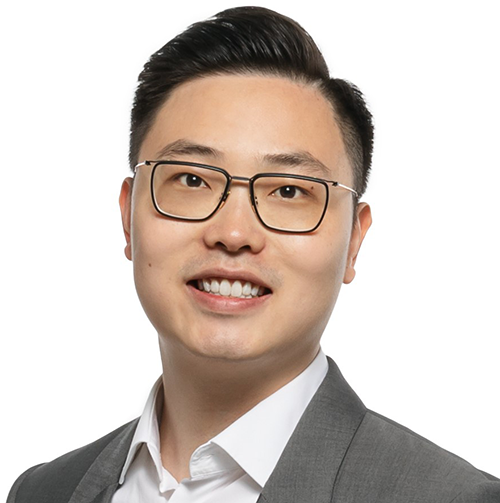Low rate environments combined with high market uncertainty have proven to be a reckonable force for the Canadian structured products market with key players rolling out innovative alternative investments for the ever-concerned client.
SRP spoke with Jason Chen (pictured), portfolio manager at asset manager Purpose Investments following the launch of the firm’s income-oriented fund of autocalls earlier this year. Chen discusses activity at the firm during the year, market observations, investor challenges, and what is on the agenda for 2021.
We have had tremendous success in launching our structured product funds
How has activity been at Purpose Investments during 2020?
Jason Chen: We have had tremendous success in launching our structured product funds and we have over CAD1 billion (US$790m) in AUM, collectively. The really important things that investors are flocking towards is the structure itself with contingent downside protection.
A lot of activity this year was also driven from the market environment. The structured defined outcome strategy has opened up retail methods so that people can buy into it.
Our purpose structured equity yield fund provides around six percent yield in capital gain with contingent downside protection, which proves to be very competitive against traditional fixed income asset classes.
What observations are you seeing in the Canadian structured products market?
Jason Chen: The Canadian structured products market as a whole is worth roughly CAD20 billion and is steadily increasing with the pie growing in size. Traditionally, these products focus more on institutional clients and more sophisticated investors. With retail products such as our funds coming into play, it allows more and more investors access these strategies with ease.
What client challenges did you note? How did you tailor your practices accordingly?
Jason Chen: Obviously, we went through a challenging year. For example, in March, the S&P dropped by about 30%. Such a market tank is really when structured products are in the most stressed scenario. The pricing had a very large sensitivity to the underlying assets, because of asymmetric payoff nature of the structured notes and the underlying assets are close to the protection barrier
Back in March and April, we spent a lot of time explaining our defined outcome strategies to our clients. In essence, if one doesn’t think that the markets can stay down 30%, six years from now, the protection will kick in and everything should be fine.
We went through the worst-case scenario and by now, investors will have more confidence in structured products and how they would behave in different types of markets.
What highlights would you note both at the firm and market level?
Jason Chen: At the firm level, we delivered the active management of a structured product wrapped into the mutual fund as well as performance, so we've done a good job in terms of liaising with our investors and explaining what benefits the funds will bring to their portfolios. When it concerns notes and given the current bond and fixed income yields, a lot of money has flowed out of fixed income and is going into equity and risk assets.
At the market level, I believe that we are going to stay in the low-rate environment for a while, and once interest rates go up, there'll be a huge downward pressure on traditional fixed income.
If an investor seeks income outside of the fixed income landscape, they're looking at preferred shares, which is also interest rate sensitive, as well as value stocks which are predominantly for REITs, banks and oil etc. Our structured product funds provide an attractive solution, given the risk profile.
What is your outlook for 2021?
Jason Chen: Market wise, we are definitely going to focus on recovery trades, and we’ll be looking closely at asset allocations to determine what is next, in terms of the best benefits from this recovery in 2021. In terms of product strategy, we strive to continue to look into structured products from different angles for our next launch which will follow the mutual fund format.

